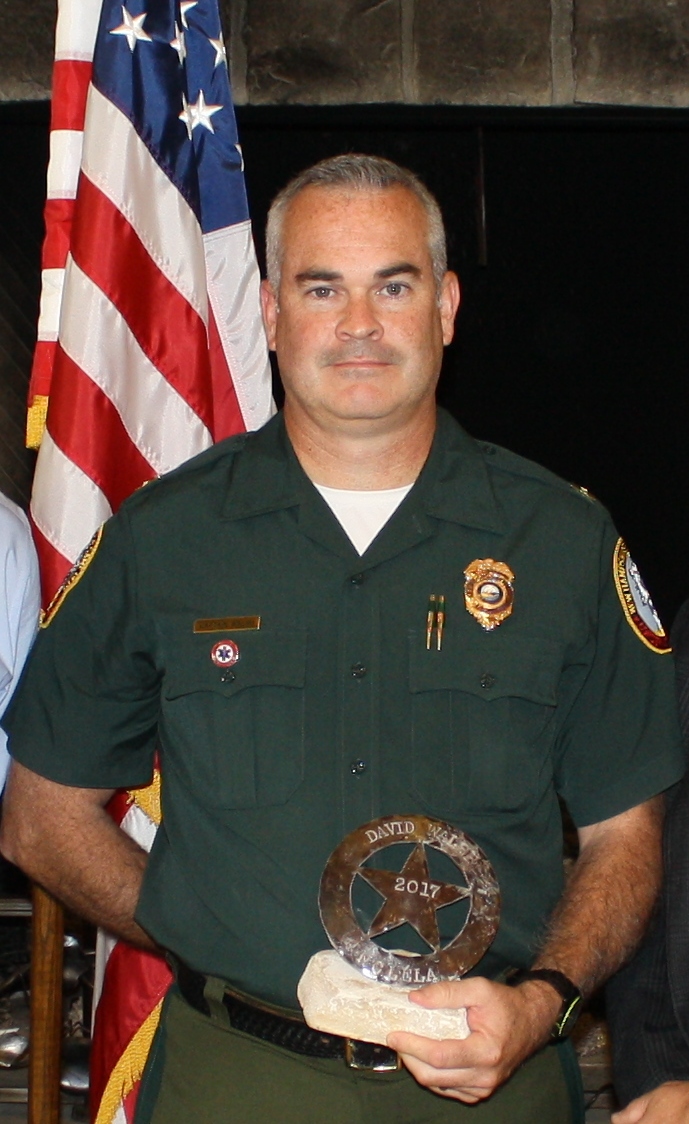On Monday, October 2, 2017, the Northeast Conservation Law Enforcement Chiefs Association (NECLECA) held their annual meeting in Stroudsburg, Pennsylvania at Trout Lake Conference Center. This marks the seventy-fifth anniversary of the inception of this organization. For three days in August, 1942, the various law enforcement chiefs of fish and game agencies from the northeast states met to form an organization to enable them to formally discuss items of mutual interest. The states of Connecticut, Delaware, Maine, Maryland, Massachusetts, New Hampshire, New Jersey, New York, Ohio, Pennsylvania, Rhode Island, Vermont and West Virginia were elected into membership. At the first meeting, items of discussion included training, the sale and transportation of deer, undercover methods, cause and remedy of hunting incidents and equipment issues.
During the most recent meeting, all the states mentioned above, except Ohio, were in attendance along with the State of Virginia and agents from the U.S Fish and Wildlife Service, and NOAA’s Office of Law Enforcement. While the profession of a conservation law enforcement officer has expanded and become more challenging in the past 75 years, protecting the nation’s natural resources is still our core function. During the current meeting of NECLECA, the chiefs heard presentations on traditional issues such as hunting related shooting investigations, exotic fish and wildlife sales, but additionally equipment discussions have developed into issues such as an in-depth training on body worn camera issues.
NECLECA members
The new president of NECLECA, Major Chris Cloutier from the Maine Warden Service, stated “the purpose of the organization is to encourage and promote better law enforcement cooperation among the member states, exchange views and techniques and discuss problems relative to fish and wildlife law enforcement. This statement was written 75 years ago and it still hold true today. While the objective of conservation law enforcement is to protect fish and wildlife our officers now enforce boating and marine fisheries laws, perform search and rescue operations and have homeland security responsibilities. Our officers are the most dedicated, well trained and passionate of any law enforcement profession.”





